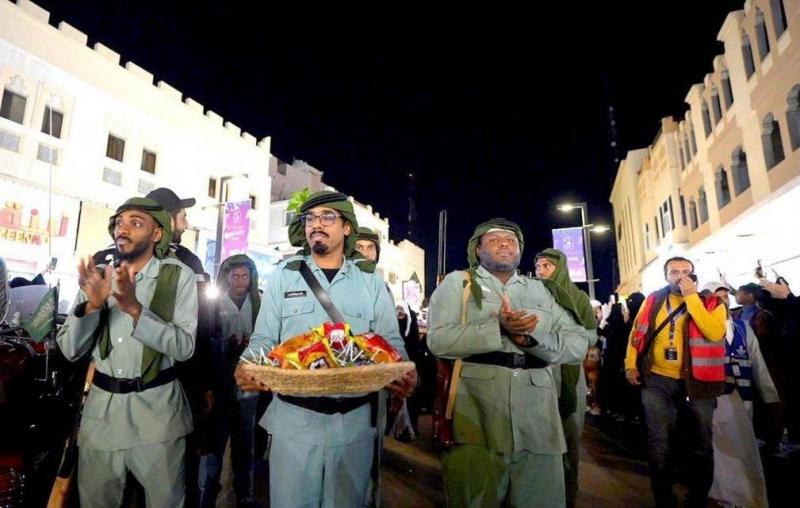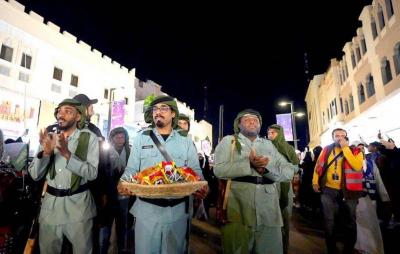The popular markets in the Eastern Region of Saudi Arabia, including the "Love Market," are experiencing lively activity these days as the holy month approaches its end and Eid al-Fitr is near, showcasing farm products such as wheat, barley, corn, and various types of grains. This market, located in the city of Dammam, is one of the oldest and most famous popular markets in the region, with a long history, actively engaging in trade for over 80 years. Its activities are not limited to buying and selling grains; they also include a variety of commercial activities such as selling food, consumer goods, and household items, as well as men’s and women’s necessities, and even cloaks and gemstones.
The market's commercial activity began with traders bringing in key distinguished products like cloaks and jewelry making, marking a new and important point for their projects, especially since this market receives attention and support from relevant authorities through modernization, development, and beautification efforts, making it a gathering point for friendly conversations among different nationalities.
The market has been updated and developed with a series of projects and reforms focused on preserving its architectural, cultural, and touristic identity which reflects the history and authenticity of the city of Dammam in a modern, civilized style, attracting visitors, citizens, and residents to shop for their needs and necessities, either through commercial stores or the diverse stalls spread throughout the market, organized in a distinctive and enjoyable manner for shoppers. The market boasts a pioneering economic value and an architectural memory that paints a historical picture of the region’s identity.
During the holy month of Ramadan each year, the market hosts the "Love Market Days" festival, which recently concluded its fourth edition after lasting 15 days and attracting over 130,000 visitors from various regions of the Kingdom and the Gulf countries, as well as tourists of different nationalities who enjoyed its activities that harmoniously blend authenticity and modernity in a scene aligned with the culture of the Eastern Region. The festival included various stalls displaying products, handicrafts, and heritage items, as well as an interactive theater, performances by storytellers and folk music groups, in addition to recreational games, popular arts, and various competitions.
The festival took attendees back in time by inviting professionals and artisans to participate in the accompanying heritage events, witnessing thousands of visitors, as these annual events are considered an integral part of the region's spirit, contributing to the revitalization of urban centers and preserving the popular, cultural, and touristic heritage of the market.




